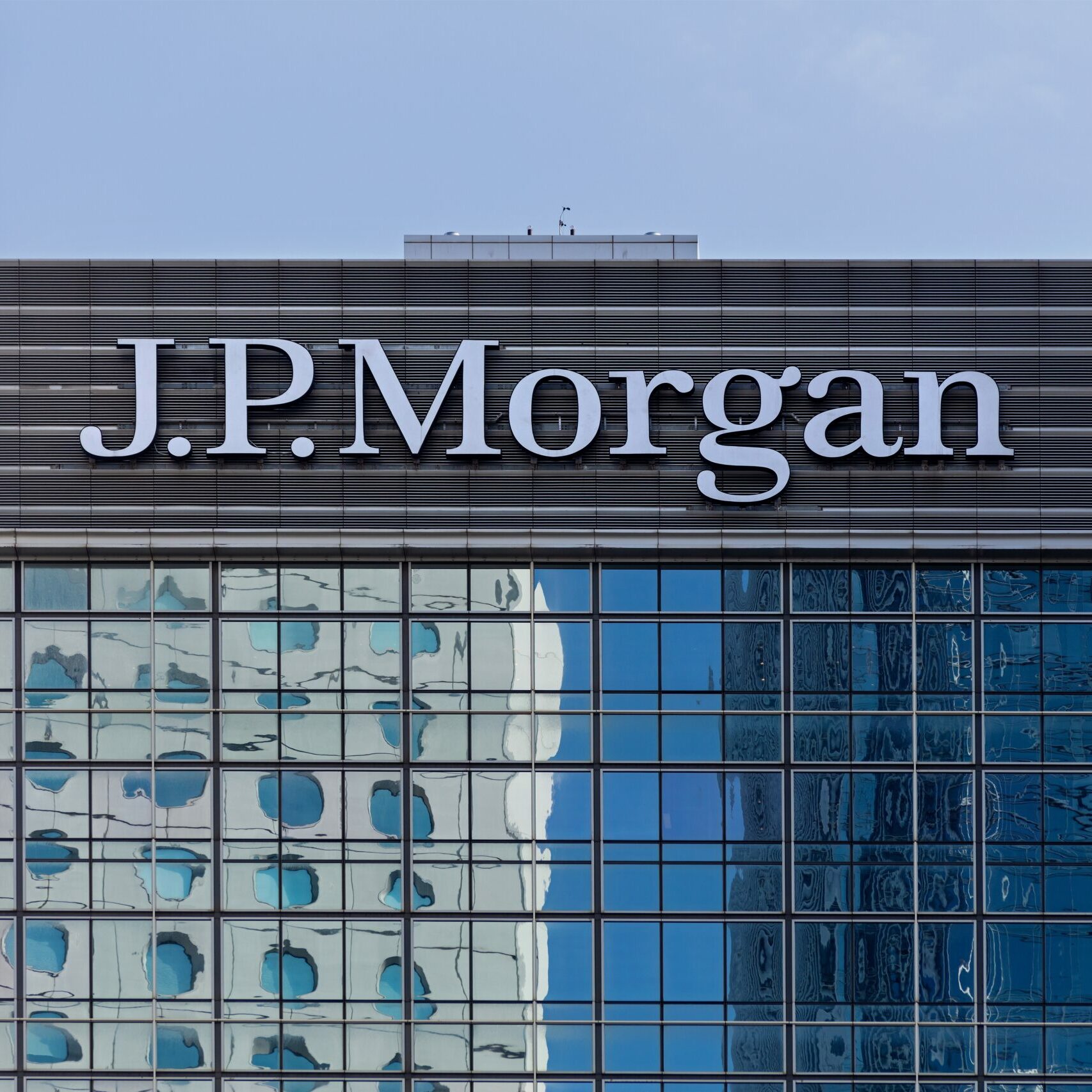At last month’s Lyxor 4th Annual Hedge Fund Conference in Paris, an interesting paper dealing with the way that market exchanges operate in single and fragmented markets and the social consequences that investing in speed has on investors, was presented by Emiliano Pagnotta (pictured). The paper, “Competing on Speed”, was written by Pagnotta and Thomas Philippon, both of NYU Stern School of Business.
The basic premise of the paper is that everything else constant, trading speed is desirable for everyone: all investors are happier if they can execute trades faster. Demand, however, is heterogeneous. Retail investors are less concerned with small execution time differences, unlike high frequency traders, index arbitrageurs and option hedgers. Therefore, trading venues can differentiate their services to cater to different clienteles in order to relax the intensity of price competition for their services. This, says Pagnotta, incentivises market venues to invest in speed and stimulates the entry of new exchanges.
“Fragmentation benefits all buy side investors by lowering the cost of trading. Exchanges are of course better off being monopolists; their profits decrease with competition. However, speed is welcomed by them since two exchanges competing with each other would make zero profits if they competed on market access cost basis only,” Pagnotta tells Hedgeweek.
Using an equilibrium model the authors found that a market with heterogeneous intermediation services is only sustainable with a single asset price and that when supply and demand are consolidated, investors will self select trading venues depending on their demand for speed. Conversely, when markets are allowed to set prices independent of each other, the model predicted that there’s a tendency towards consolidation and that fragmentation is unlikely to survive.
In recent times the number of exchanges entering the market has exploded, increasing competition and pushing exchanges to invest in speed technology, pushing latencies down further and further. Pagnotta noted that there is a much higher level of fragmentation in Europe and the US compared to Asia (e.g. Japan).
Exchanges like Chi X Global and BATS in the US, which offer investors faster speeds and newer technologies have not only entered the market effectively, but they’ve been capturing a high proportion of trades: for example, Chi X Global went live in 2008 and already has a market share equal to the LSE according to Pagnotta.
The paper found that independent of speed choice, a consolidated market induces inefficiently high asset price and that the price is highest when the monopolist invests in speed – this is because investors can trade the asset more quickly and efficiently. It also found that asset price increases with investor heterogeneity, except when there is Bertrand competition between venues.
Key findings in the paper were as follows:
·
Everything else constant, an increase in trading speed increases the asset price since the asset is more easily traded
Everything else constant, an increase in trading speed increases the asset price since the asset is more easily traded
·
When exchanges can invest in speed, everything else constant, an increase in the asset supply can have the surprising effect of raising the asset price as markets have an incentive to invest more in technologies which in turn makes assets more liquid
When exchanges can invest in speed, everything else constant, an increase in the asset supply can have the surprising effect of raising the asset price as markets have an incentive to invest more in technologies which in turn makes assets more liquid
·
A consolidated market induces inefficiently high asset price and the price is highest when the monopolist invests in speed
A consolidated market induces inefficiently high asset price and the price is highest when the monopolist invests in speed
·
Asset price increases with investor heterogeneity, except when there is Bertrand competition between venues
Asset price increases with investor heterogeneity, except when there is Bertrand competition between venues
·
Fragmentation decreases asset prices. When exchanges compete they lower their trading fees and additional investors, with relatively lower valuations for the asset, become active in trading
Fragmentation decreases asset prices. When exchanges compete they lower their trading fees and additional investors, with relatively lower valuations for the asset, become active in trading
Price protection reduces asset prices further
The SEC introduced Reg NMS regulation to the US markets – also known as the ‘trade-through rule’ – and has had the effect of reducing costs and causing increased fragmentation and faster speeds. The basic premise of Reg NMS is that any new trade order has to be routed to the venue offering the best available price and executed accordingly. If, for example, the NYSE receives an order but its price is higher than say the NASDAQ, the NYSE either has to lower and match the price or forward the order on to NASDAQ.
According to the authors, speed has a positive effect on social welfare in a single market but is ambiguous when there are two or more exchanges. To explain this, Pagnotta tells Hedgeweek: “We find that an economy with a monopolist exchange (e.g. most Asian countries) will have the same number of active investors regardless of whether there are investments in faster trading technologies or not. When this exchange can invest in speed it will do so to extract higher rents from investors that value speed highly. These investments make that fraction of investors better off. Thus, it is never optimal for the regulator to limit speed investments in this case.”
Pagnotta continues: “When speed investment are available to two markets, they will likely use speed differentiation to relax their transaction costs (e.g. access fees) with potential negative effects on social participation. When the “default” technology does not work very efficiently in allocating the asset to those that value it the most the benefits of speed may offset the cost of reduced participation. This was likely the case during the 90s and early 2000s.” He adds that if exchanges transition from latencies of milliseconds to microseconds it is unlikely that social gains in allocation efficiency will be large and that regulation that limits speed competition may actually increase social welfare.
There are clearly benefits to having multiple exchanges. Not only does competition reduce access fees and therefore increase social participation, but it also encourages innovation in trading technologies, reducing latencies which sophisticated traders value.
One other interesting observation that came through in Pagnotta and Philippon’s paper relates to international asset pricing. The implication of their model is that price will be higher in near-monopoly markets like Japan or China as compared to Europe, which enjoys a more fragmented market, and that price in Europe will be higher than in the US where investors can take advantage of a fragmented market with price protection.
This suggests that price protection will expand the ex ante number of markets.
So does regulation like Reg NMS benefit the markets? Pagnotta says it depends. He thinks the price protection policy works for “slow” markets – that is, exchanges that don’t invest too heavily in trading technologies. “In those cases, starting from a situation with low initial competition, this policy may bring the benefits of exchange competition. In fact, in the US fragmentation increased a lot after the implementation of Reg NMS, indicating that the US may have benefited socially from this legislation,” explains Pagnotta.
However, starting from a situation where initial competition is high, like in Europe, price protection is unlikely to bring new trading venues to the market in Pagnotta’s opinion: “In this case, the welfare effect can be negative (because of limited strength of competition between exchanges and reduced investor participation). We believe that Europe has less to gain from potentially adopting such a policy now.”








